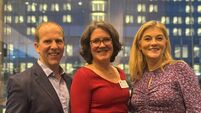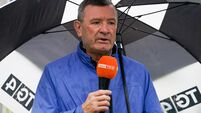Inspector’s role key to organic sector
My mother’s family were dairy farmers from Tarbert in north Kerry. I had worked as a vet since 1989, in mixed practice in west Clare, dealing with all creatures great and small, but primarily cattle. As a vet, I quite quickly began to realise that most of the problems I was trying to resolve were caused by too many livestock on the farm. Indirectly, a lot of the problems were caused by overstocking. I was a vet for Hugh Robson in Clare, and he told me the Irish Organic Farmers and Growers Association (IOFGA) were recruiting. That was 1997.










